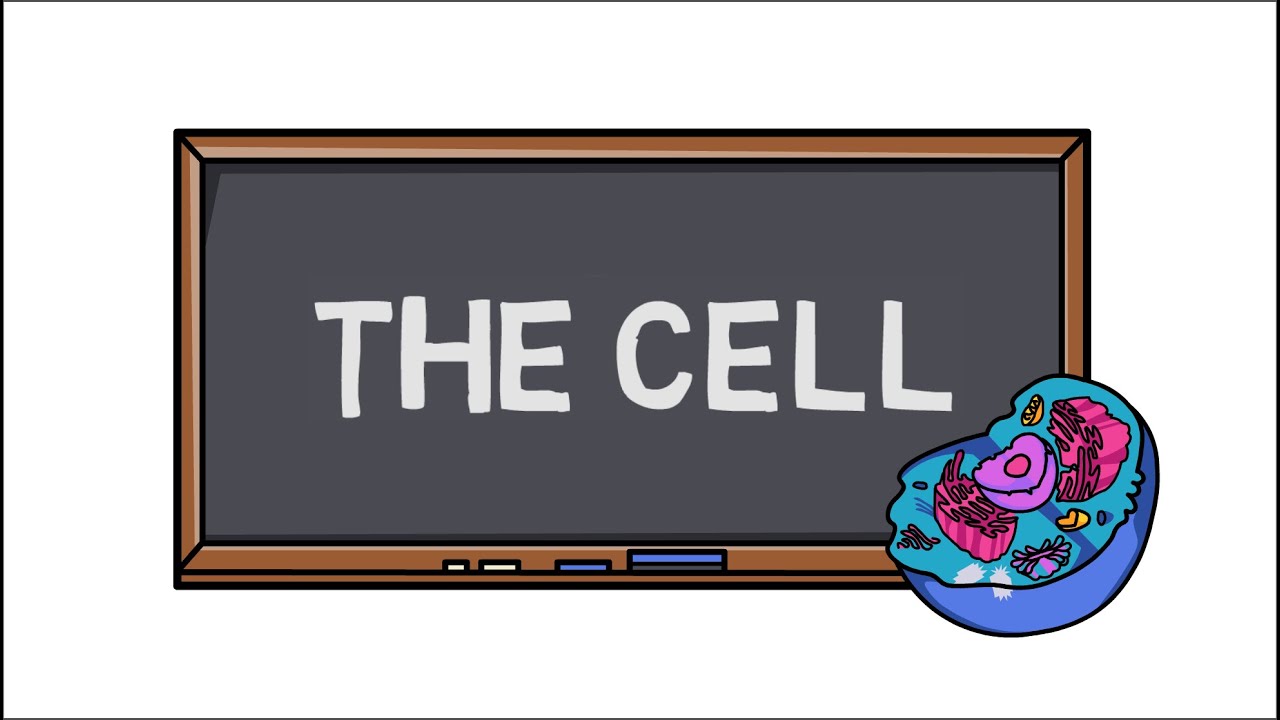Part 1 Cell Discovery and Cell Theory
Summary
TLDRIn this educational video, Exer Milliana Bonaflor delves into the concept of self-discovery and the pivotal cell theory. She honors the foundational work of Robert Hooke in discovering cells in 1665 and the subsequent contributions of Matthias Schleiden, Theodor Schwann, and Rudolf Virchow in formulating the cell theory. The video outlines the original four tenets of the cell theory and its modern interpretations, emphasizing the cellular basis of life, the importance of cell division, and the role of DNA in heredity. It concludes with a reminder to always do the right thing, leaving viewers with a clear understanding of the significance of cells in biology.
Takeaways
- 🔬 The script introduces the topic of self-discovery and cell theory, highlighting the importance of understanding the history and modern interpretations of cell theory.
- 👨🔬 Robert Hooke is credited with the initial cell discovery in 1665, observing cells under a microscope and coining the term 'cellular' from 'little rooms'.
- 🌿 Matthias Schleiden focused on plant studies, proposing that all plants are composed of cells, which was a foundational idea for the cell theory.
- 🐾 Theodor Schwann extended the cell theory to animals, defining the cell as the basic unit of animal structure.
- 👨⚕️ Rudolf Virchow, known as the father of modern pathology, contributed the concept that all cells come from pre-existing cells, linking cellular processes to disease at the cellular level.
- 🧬 The four main points of the classical cell theory are: all living organisms are composed of cells, organisms may be unicellular or multicellular, the cell is the basic unit of life, and new cells arise from existing cells.
- 🔬 Modern interpretations of the cell theory include the understanding that all non-living things are made up of cells, and all living cells arise from pre-existing cells by division.
- 🌱 The cell is recognized as the fundamental unit of structure and function in all living organisms, emphasizing its universal importance.
- 🔄 The activity of an organism depends on the total activity of its independent cells, illustrating the interconnectedness of cellular processes.
- 🧬 Cells contain hereditary information in DNA, which is passed from cell to cell during cell division, underlining the role of DNA in cellular reproduction and inheritance.
- 🧪 All cells are essentially the same in chemical composition within organisms of similar species, showing the consistency of cellular makeup across similar life forms.
Q & A
Who is the main speaker in the video script?
-The main speaker in the video script is Exer Milliana Bonaflor.
What is the main topic of the video script?
-The main topic of the video script is self-discovery and the cell theory.
What are the two main objectives of the video according to the script?
-The two main objectives are to learn and appreciate the significant scientists working on cell discovery and to understand the importance of cell theories and its modern interpretations.
Who is credited with the initial cell discovery?
-Robert Hook is credited with the initial cell discovery.
In what year did Robert Hook make his most notable discovery?
-Robert Hook made his most notable discovery in 1665.
What is the origin of the term 'cell' as mentioned in the script?
-The term 'cell' is derived from the word 'cellular' or 'small rooms'.
What significant contribution did Matthias Jakob Schleiden make to biology?
-Matthias Jakob Schleiden's significant contribution was the study of plants and stating that all plants are composed of cells.
What is Theodor Schwann's most significant contribution to biology?
-Theodor Schwann's most significant contribution is the extension of cell theory to animals, defining the cell as the basic unit of animal structure.
What did Rudolf Virchow contribute to the understanding of cell theory?
-Rudolf Virchow contributed the concept that all cells arise from pre-existing cells and that diseases occur at the cellular level.
What are the four main points of the cell theory as stated in the script?
-The four main points are: 1) All living organisms are composed of cells. 2) Organisms may be unicellular or multicellular. 3) The cell is the basic unit of life. 4) Cells arise from pre-existing cells.
What is the modern interpretation of the cell theory regarding non-living things?
-The modern interpretation states that all non-living things are made up of one or more cells.
What are the six modern interpretations of the cell theory mentioned in the script?
-The six modern interpretations are: 1) All non-living things are made up of one or more cells. 2) All living cells arise from pre-existing cells by division. 3) The cell is the fundamental unit of structure and function in all living organisms. 4) The activity of one organism depends on the total activity of the independent cells. 5) Energy flow occurs within cells. 6) Cells contain hereditary information inside the DNA, which is passed from cell to cell during cell division. 7) All cells are basically the same in chemical composition in organisms of similar species.
What is the closing statement or advice given by the speaker?
-The closing statement is a reminder to always do the right thing, and the speaker wishes everyone a nice day.
Outlines

此内容仅限付费用户访问。 请升级后访问。
立即升级Mindmap

此内容仅限付费用户访问。 请升级后访问。
立即升级Keywords

此内容仅限付费用户访问。 请升级后访问。
立即升级Highlights

此内容仅限付费用户访问。 请升级后访问。
立即升级Transcripts

此内容仅限付费用户访问。 请升级后访问。
立即升级5.0 / 5 (0 votes)






